And the RIBA Royal Gold Medal 2025 goes to... SANAA!
The RIBA Royal Gold Medal 2025 winner is announced – Japanese studio SANAA scoops the prestigious architecture industry accolade
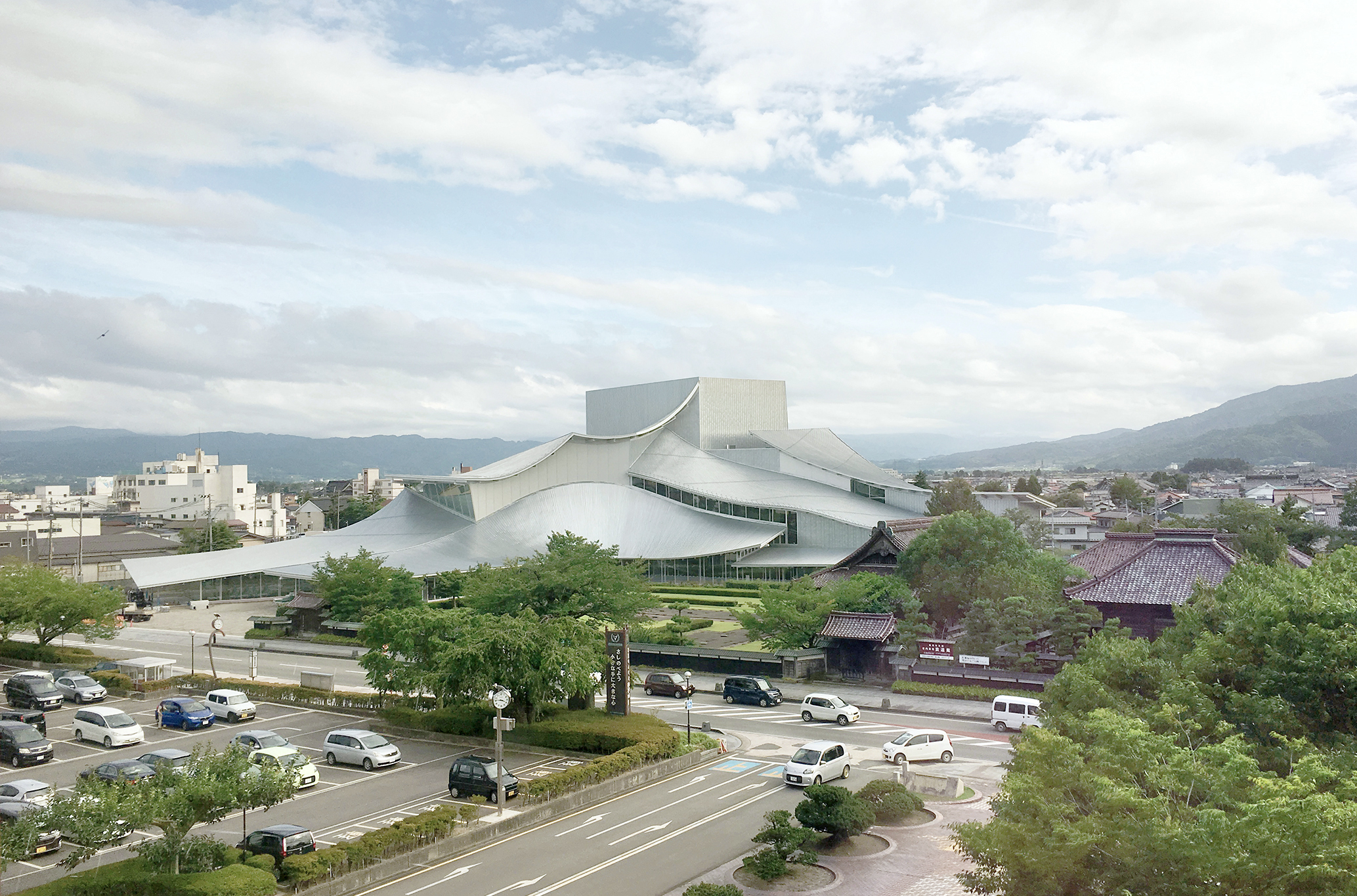
SANAA has been revealed as the winner of the RIBA Royal Gold Medal 2025. The collaborative practice of Japanese architects Kazuyo Sejima and Ryue Nishizawa has been leading in its field with its ethereal, user-centric designs, which can be found in their native country and across the globe. The accolade, one of architecture's highest honours internationally, is presented on behalf of His Majesty the King and has been offered to SANAA for their 'work to reshape the global design landscape, creating spaces that bring simplicity, light and elegance to the fore,' the RIBA explains in a statement.
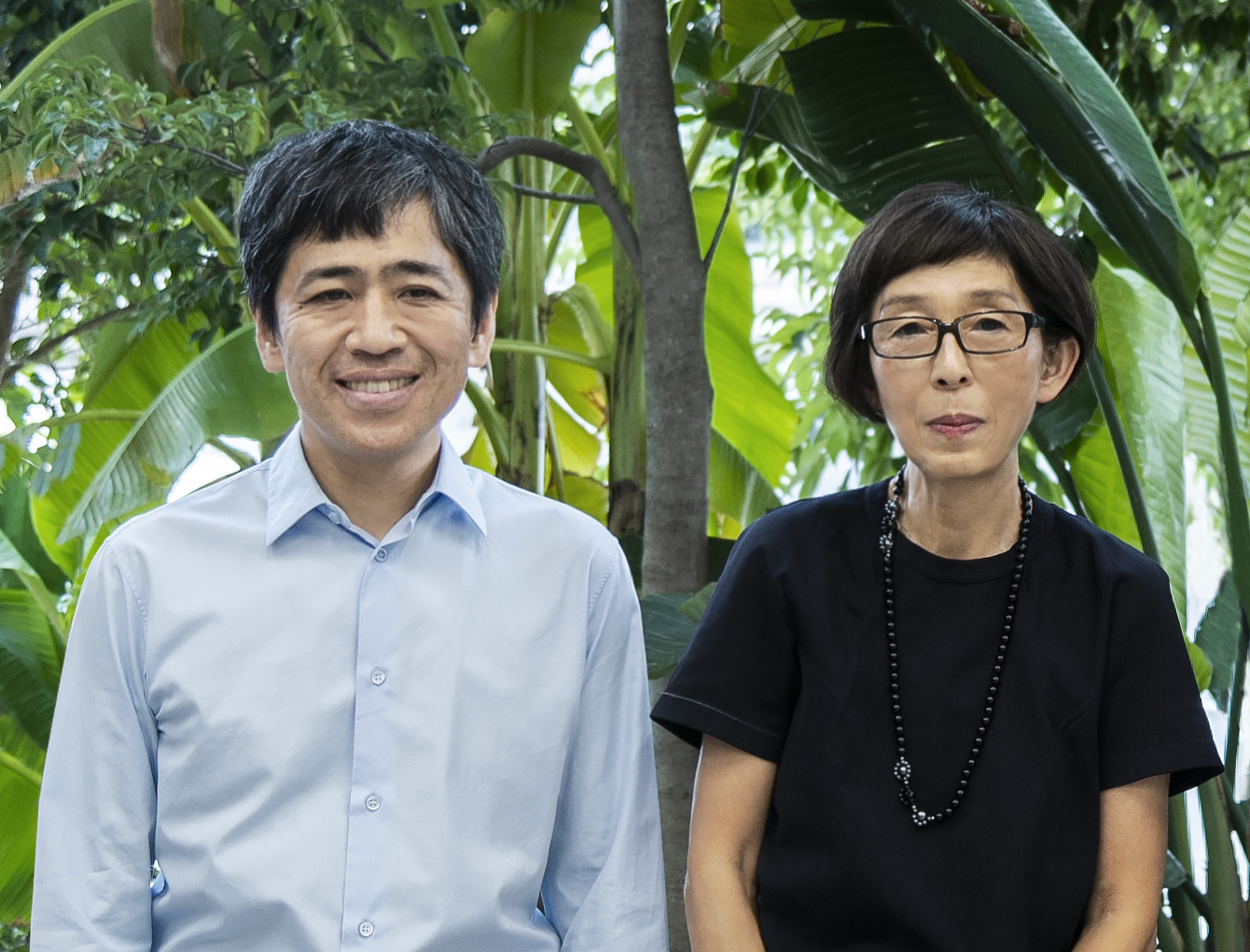
Ryue Nishizawa and Kazuyo Sejima
RIBA Royal Gold Medal 2025 winner: SANAA
The studio has been honoured with the RIBA Royal Gold Medal 2025 for its expert place-making and commitment to crafting architecture that inspires connection and collaboration. The studio responded to the announcement, saying: 'We are delighted and very honoured to receive the Royal Gold Medal. We have always believed that architecture can transform and repair environments, helping us to relate to our surroundings, nature and each other.
'Throughout our careers, we have tried to make spaces that bring people together, inviting them to imagine new ways of living and learning collectively. Architecture is always teamwork, and we are very grateful to everyone that has given us opportunities to develop these ideas over the years, and to all those people that have worked tirelessly with us to realise them. This is a very happy moment for us, thank you.'
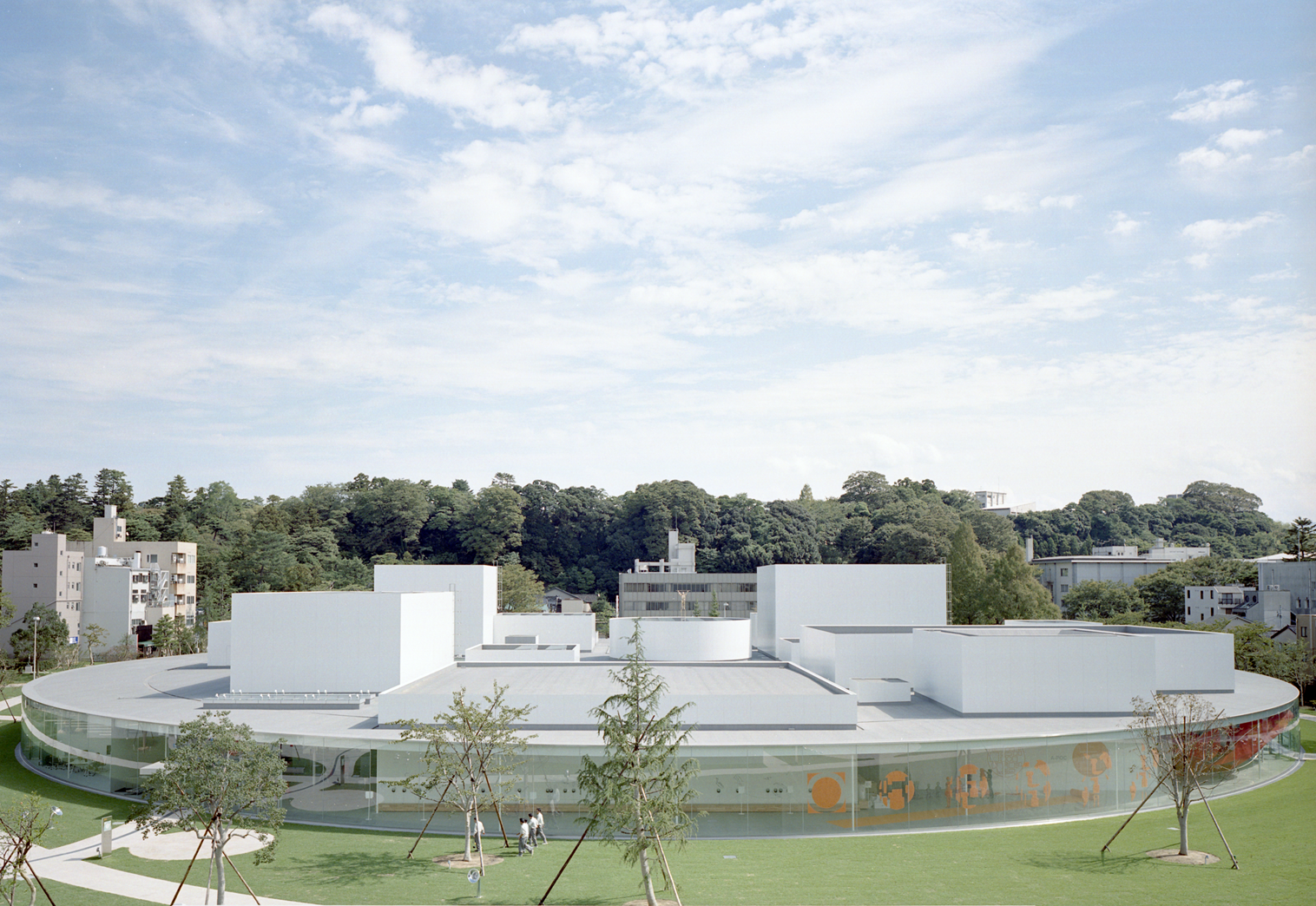
21st Century Museum of Art, Japan
Starting their joint practice in 1995, just a year before Wallpaper's own launch in 1996, the studio was honoured in our 20th-anniversary issue in 2016. A version of the article celebrating the work of its founders, originally published in our October 2016 edition and featuring an interview with Sejima, follows below. It highlights the studio's important contribution to the global architecture field.
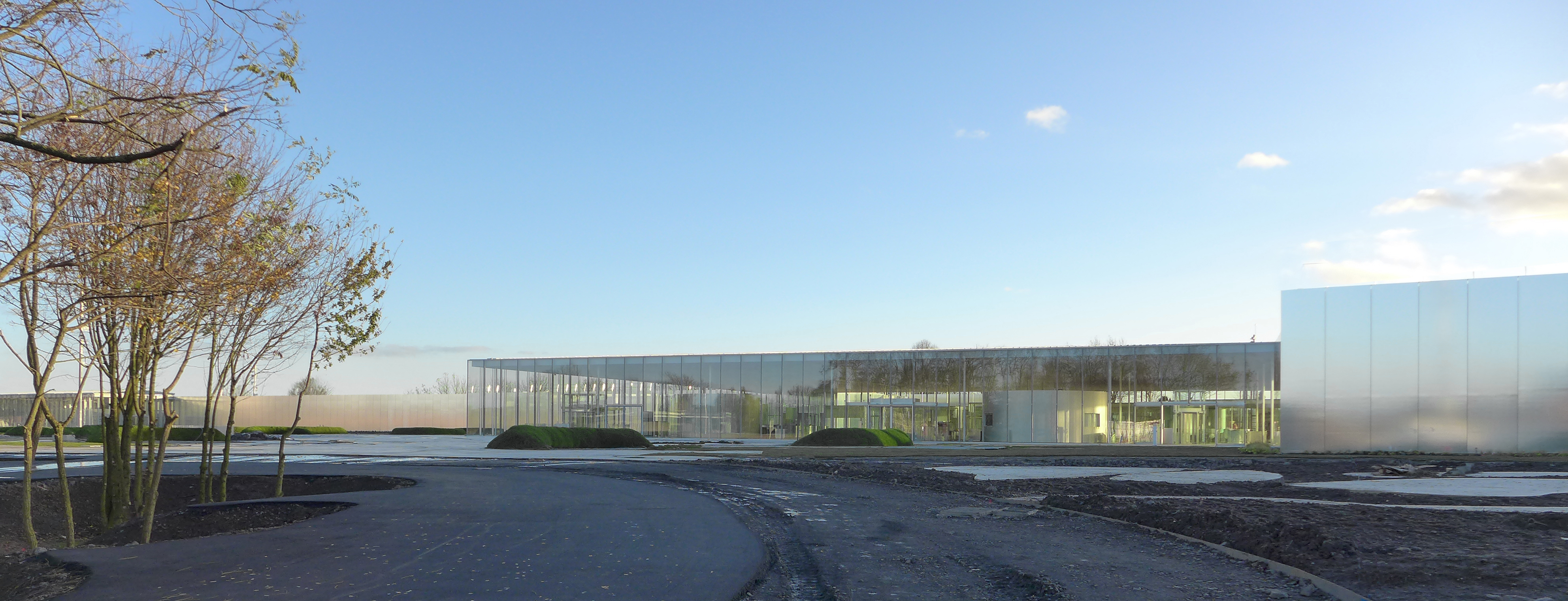
Louvre-Lens, France
SANAA: an appreciation
By the early 1990s, Kazuyo Sejima already had experience at Toyo Ito’s office, her own studio and a Young Architect of the Year award from the Japan Institute of Architects under her belt. But it was after setting up SANAA with Ryue Nishizawa in 1995 that her career really took off, upscaling to major cultural commissions which transformed the duo into an international go-to choice for mesmerizingly barely-there, ethereal architecture.
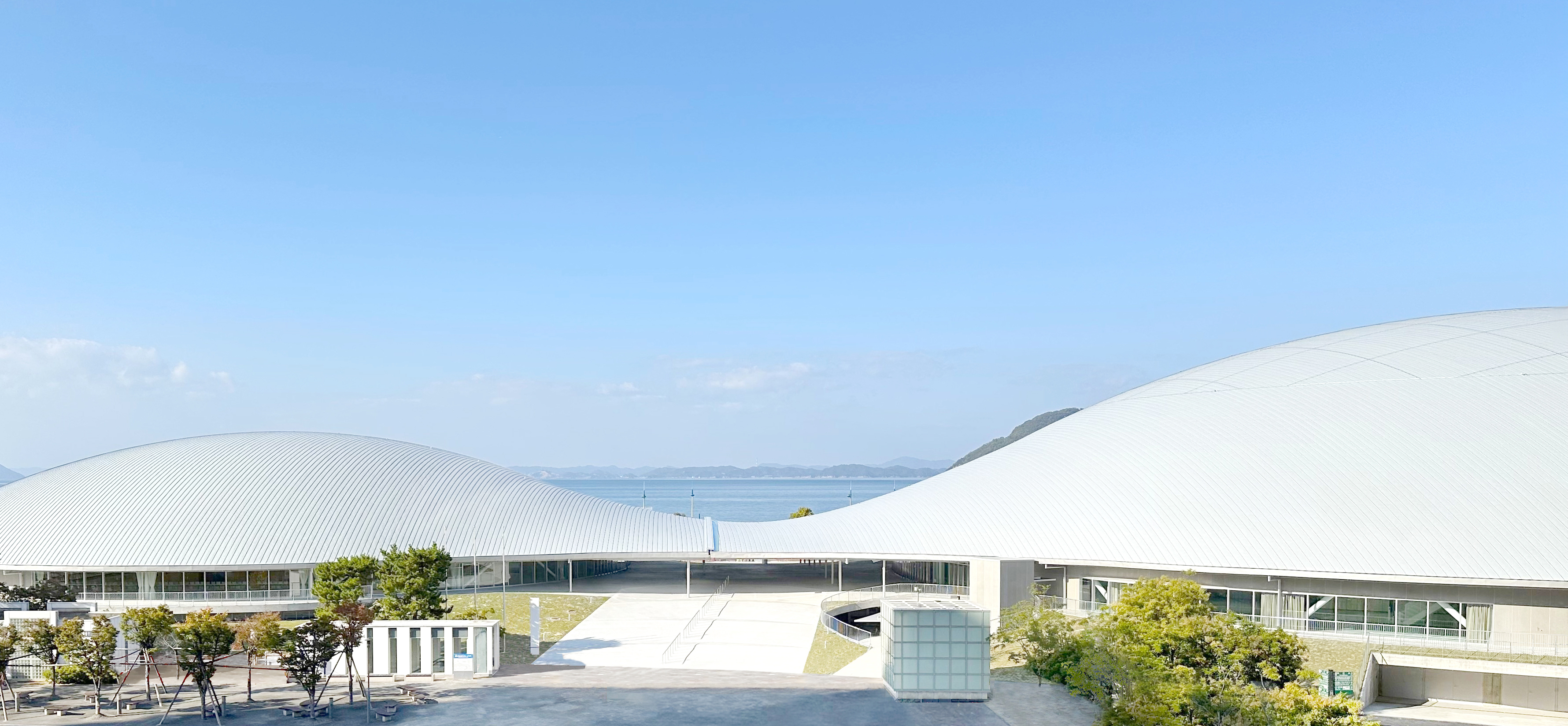
New Kagawa Sports Arena, Japan
Their signature style of strong shapes and clean lines that at the same time appear flowing and delicate has helped define 21st-century Japanese architecture. It is all about the experience for SANAA, although priorities have shifted somewhat since the early days of the practice.
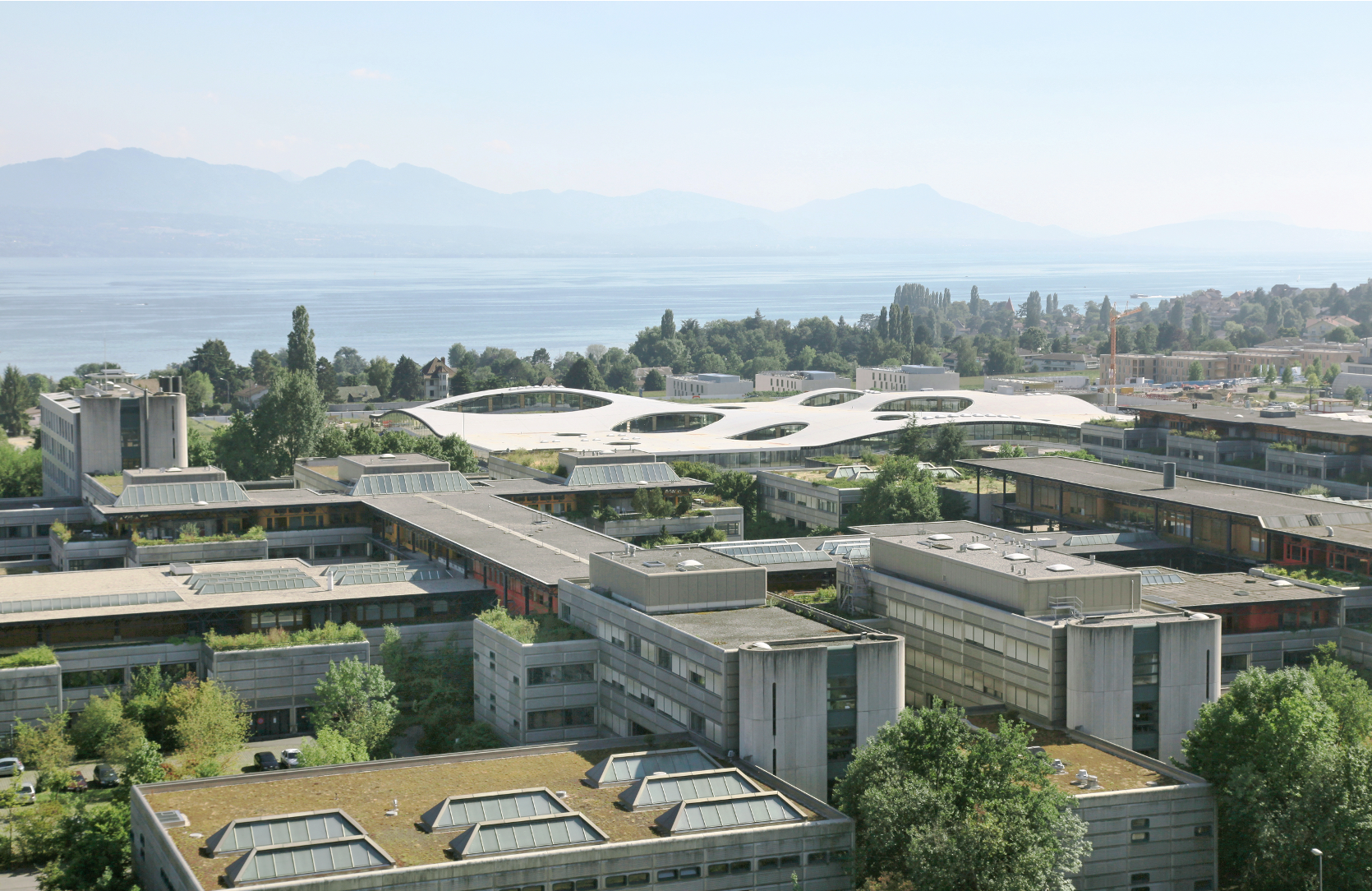
Rolex Learning Center, Switzerland
‘Our designs are not driven by what you can do with architecture itself, but by an interest in the way people experience space as a relationship between programme, city and surrounding landscape,’ Sejima says. ‘In the past, I would try to understand the overall character of a building’s environment and use this abstract idea to develop a design. Today, I try to create spaces that are more precisely adapted to the variable character of a neighbourhood.'
Wallpaper* Newsletter
Receive our daily digest of inspiration, escapism and design stories from around the world direct to your inbox.
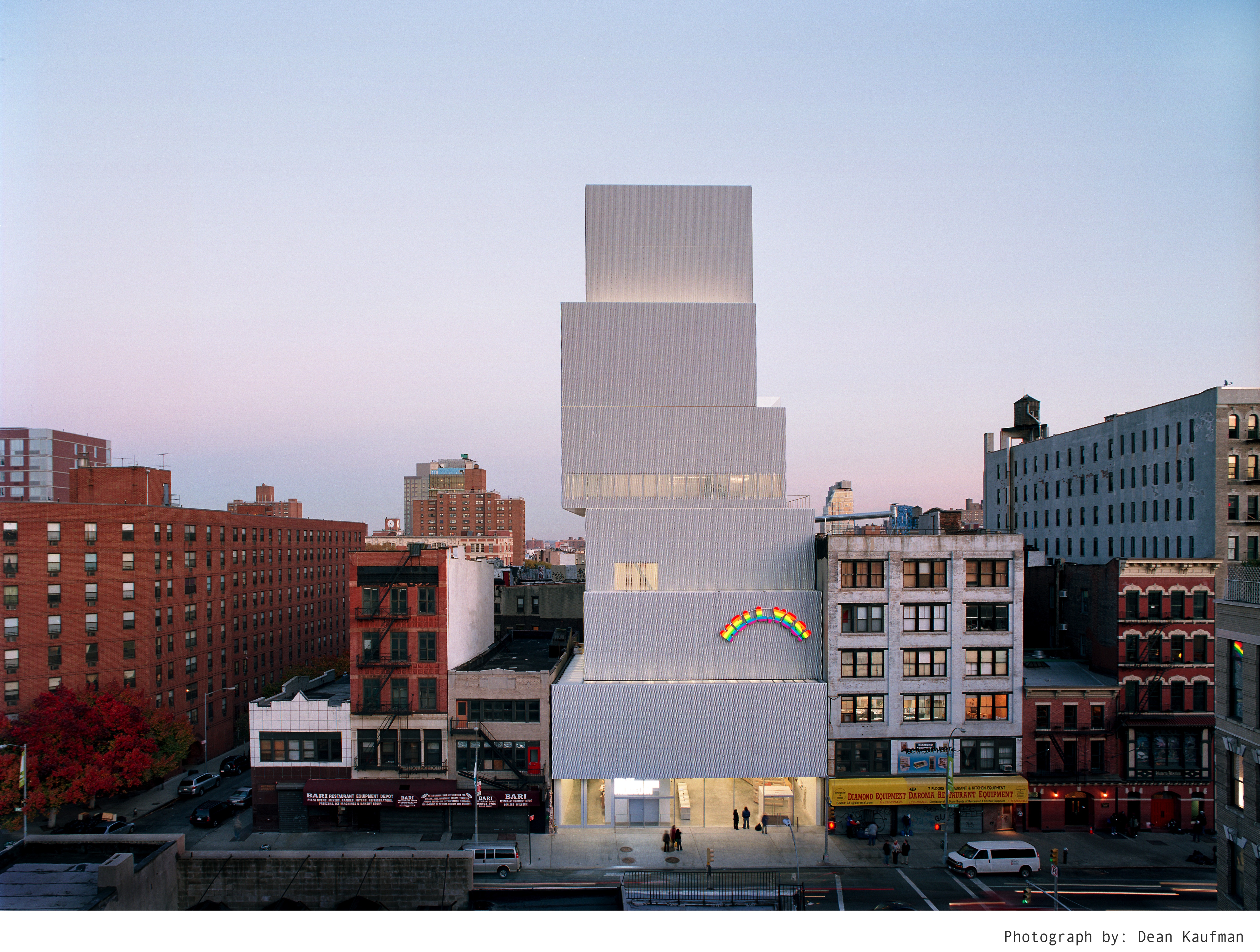
New Museum, New York, USA
The practice has produced gems such as the 21st Century Museum of Contemporary Art in Kanazawa, the Rolex Learning Center, the Louvre-Lens and Grace Farms. The SANAA-designed New Museum in New York (2007) and the Zollverein School in Germany (2006) added to their international portfolio.
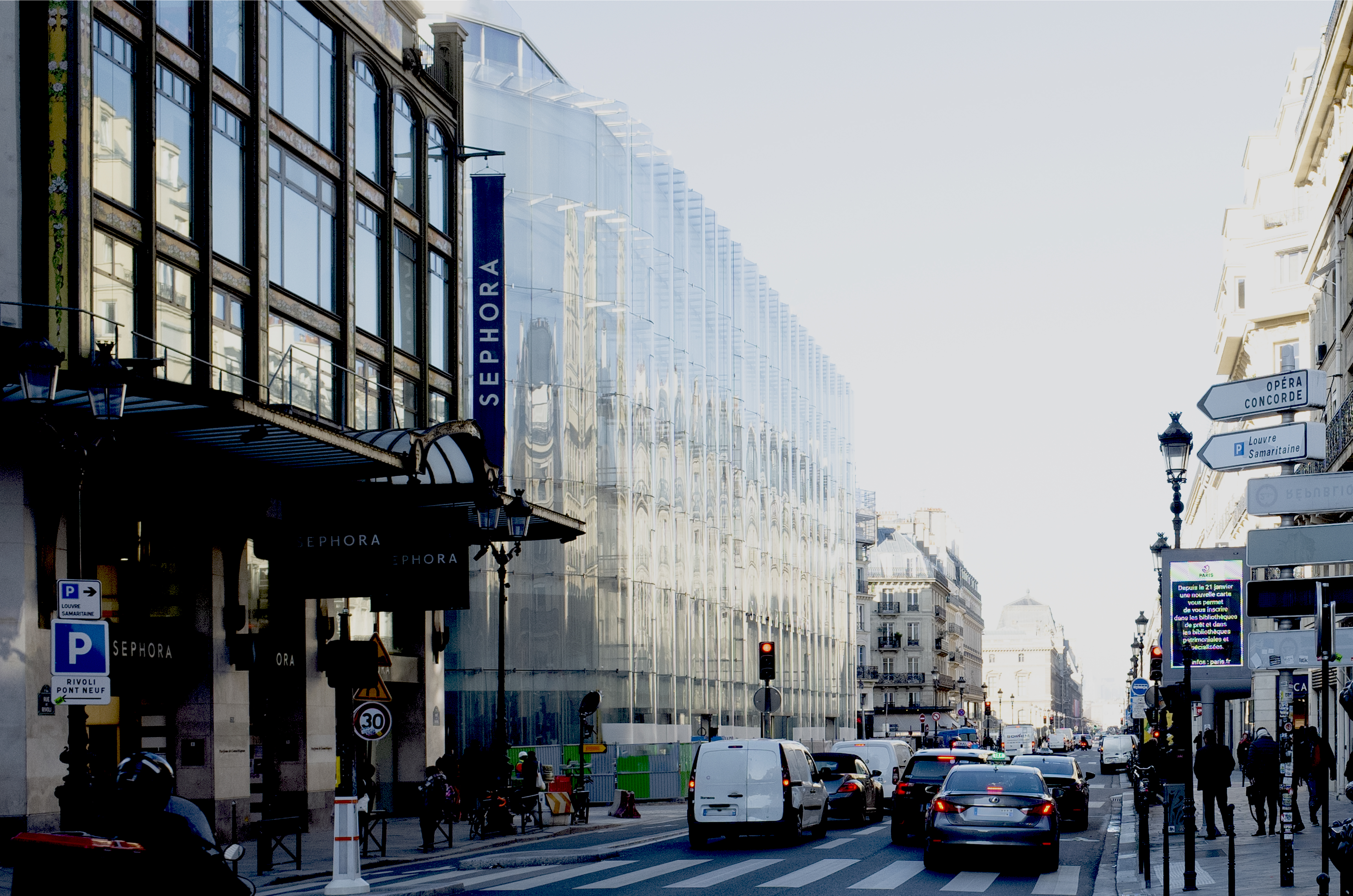
Samaritaine, Paris, France
From there, commissions and honours poured in; from SANAA’s Serpentine Pavilion in London in 2009 and Sejima's appointment to direct the 2010 Venice Architecture Biennale to their joint Pritzker Prize win in the same year, and participation in the Rolex Mentor scheme in 2012.
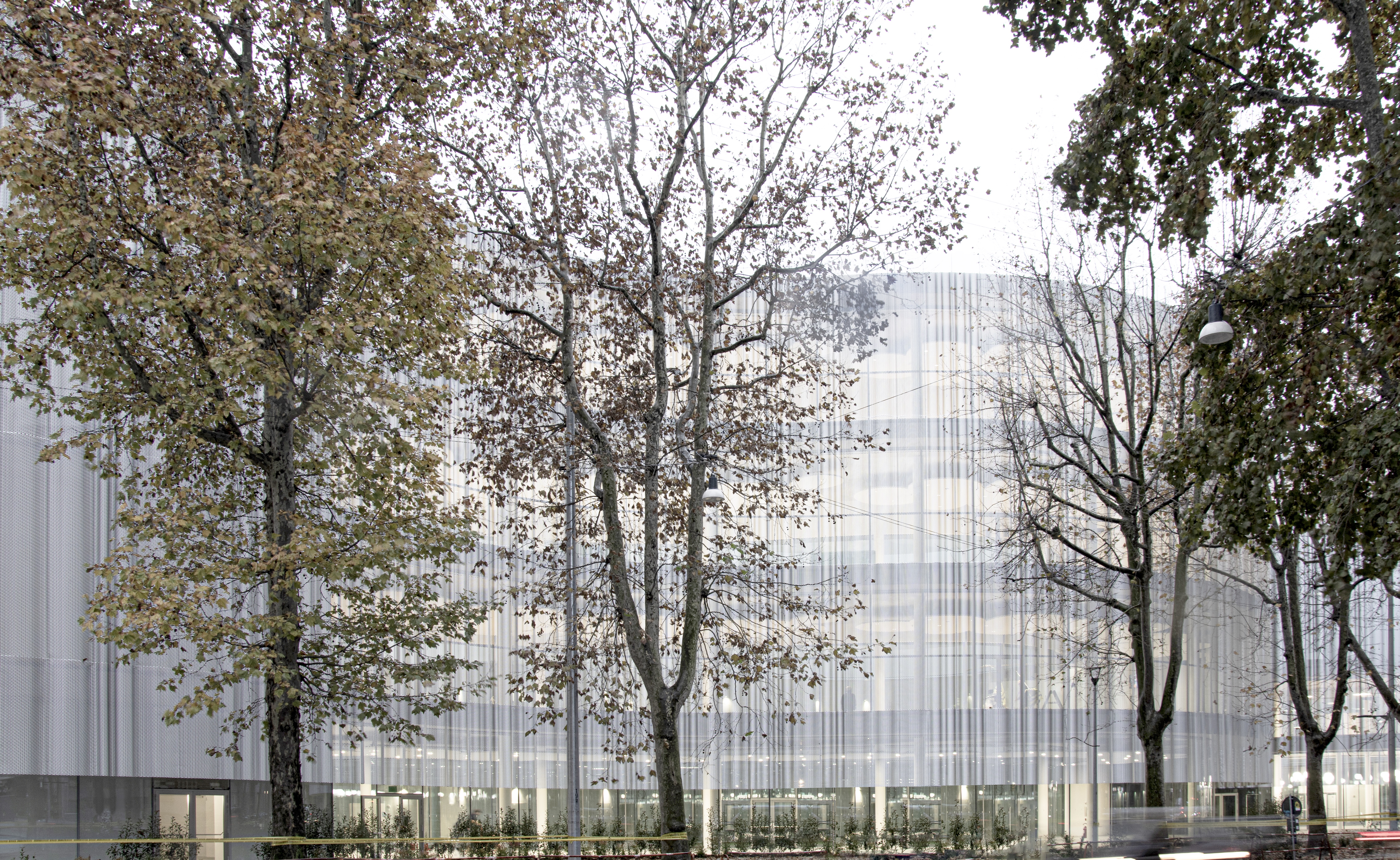
Bocconi University, Italy
The latter also flagged up their interest in nurturing young talent; Sejima has been involved in teaching since the early 2000s. ‘Young people come up with new ideas constantly – and this can, of course, be exciting,’ she says. ‘But I have recently realised there are things we can imagine only as we grow older, making these relationships very effective during a design process.’
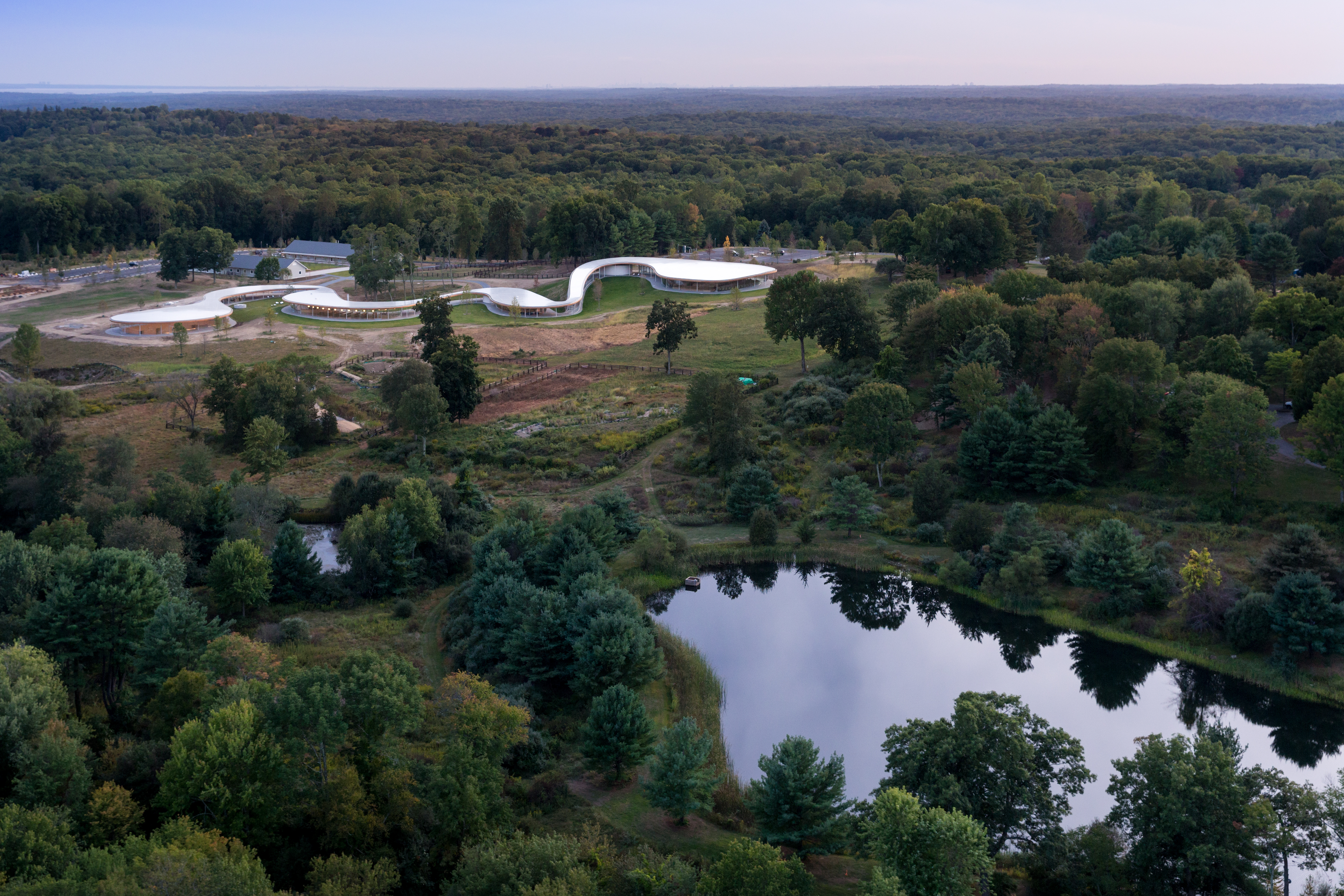
Grace Farms, USA
Now approaching 70 and 60 respectively, Sejima and Nishizawa show no sign of slowing down. More recent projects include La Samaritaine department store in Paris; the Hitachi City Hall in Sejima's home prefecture of Ibaraki; and the Inujima Art House Project, aimed at encouraging people to settle on the small island in the Seto Inland Sea. Their New Kagawa Sports Arena in Japan is expected to open later in 2025.

Sydney Modern, Australia
Ellie Stathaki is the Architecture & Environment Director at Wallpaper*. She trained as an architect at the Aristotle University of Thessaloniki in Greece and studied architectural history at the Bartlett in London. Now an established journalist, she has been a member of the Wallpaper* team since 2006, visiting buildings across the globe and interviewing leading architects such as Tadao Ando and Rem Koolhaas. Ellie has also taken part in judging panels, moderated events, curated shows and contributed in books, such as The Contemporary House (Thames & Hudson, 2018), Glenn Sestig Architecture Diary (2020) and House London (2022).
-
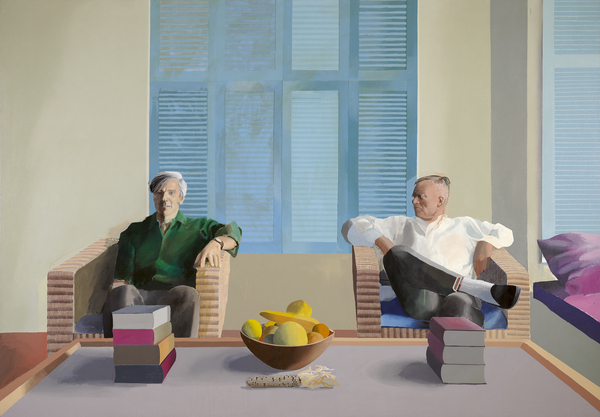 ‘David Hockney 25’: inside the artist’s blockbuster Paris show
‘David Hockney 25’: inside the artist’s blockbuster Paris show‘David Hockney 25’ opens 9 April at Fondation Louis Vuitton in Paris. Wallpaper’s Hannah Silver soaked up the resolute, colourful homage to the brilliant relentlessness of life
By Hannah Silver Published
-
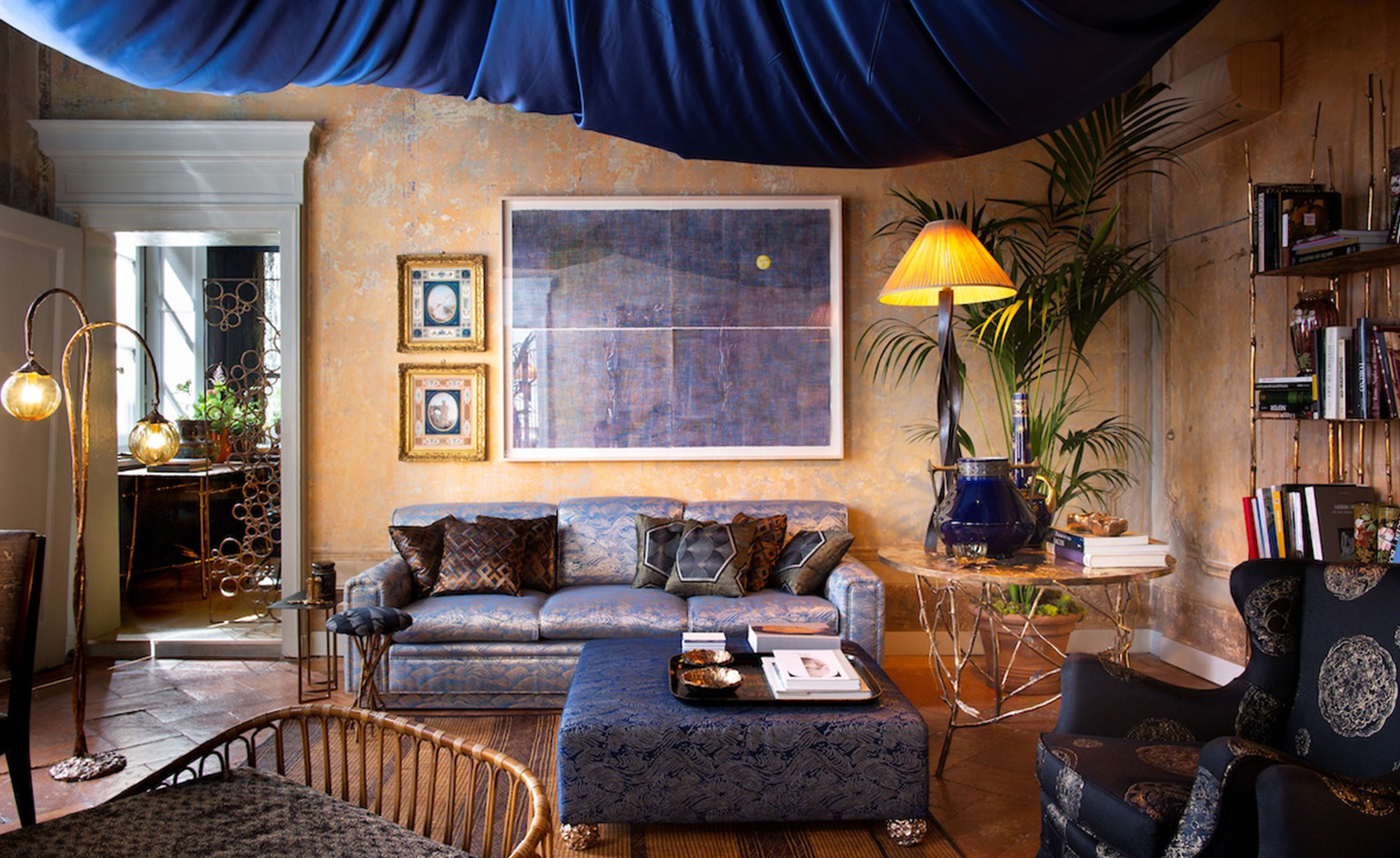 How a 17th-century Japanese archive inspired Dimorestudio’s lustrous new textile collection
How a 17th-century Japanese archive inspired Dimorestudio’s lustrous new textile collection'It’s a meeting point of past and present, East and West,' says 12th-generation fabric maker, Masataka Hosoo.
By Danielle Demetriou Published
-
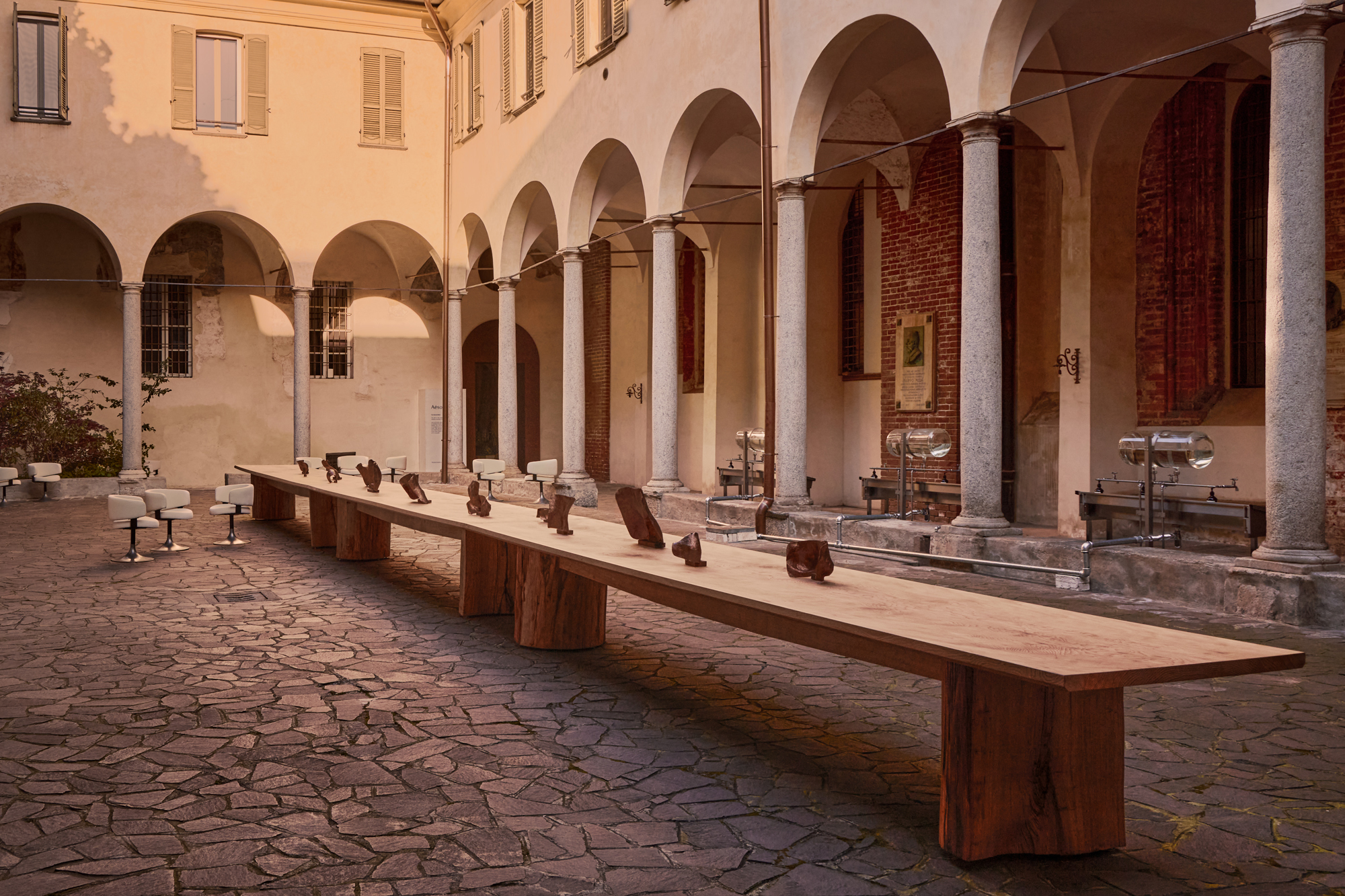 Aesop’s ‘The Second Skin’ is a sensory sanctuary during Salone del Mobile 2025
Aesop’s ‘The Second Skin’ is a sensory sanctuary during Salone del Mobile 2025Aesop unveils ‘The Second Skin’ in Milan, a multisensory ‘exploration of dermis and design’ that marks the arrival of the brand’s Eleos Aromatique body cleanser and lotion
By Scarlett Conlon Published
-
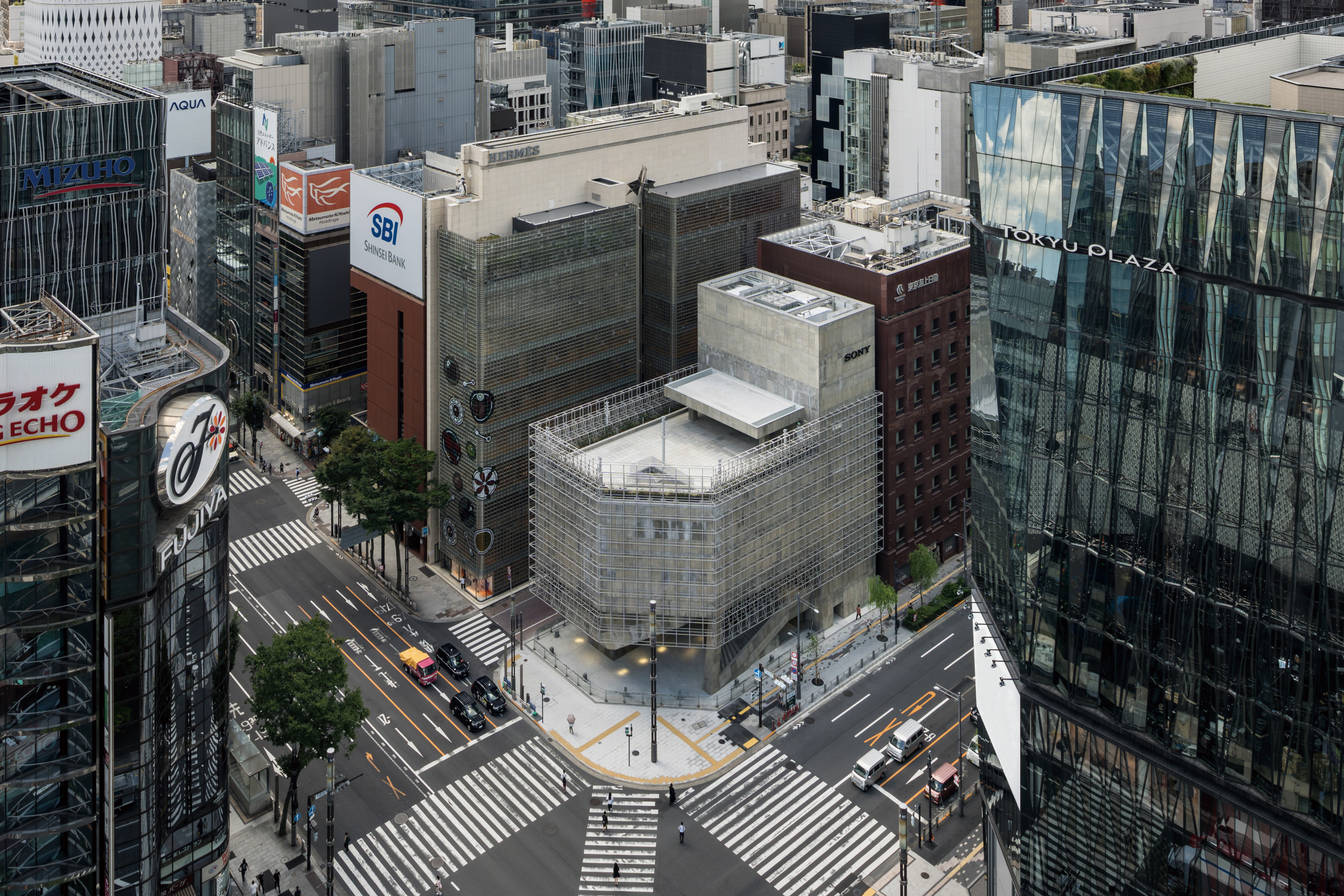 Tour the brutalist Ginza Sony Park, Tokyo's newest urban hub
Tour the brutalist Ginza Sony Park, Tokyo's newest urban hubGinza Sony Park opens in all its brutalist glory, the tech giant’s new building that is designed to embrace the public, offering exhibitions and freely accessible space
By Jens H Jensen Published
-
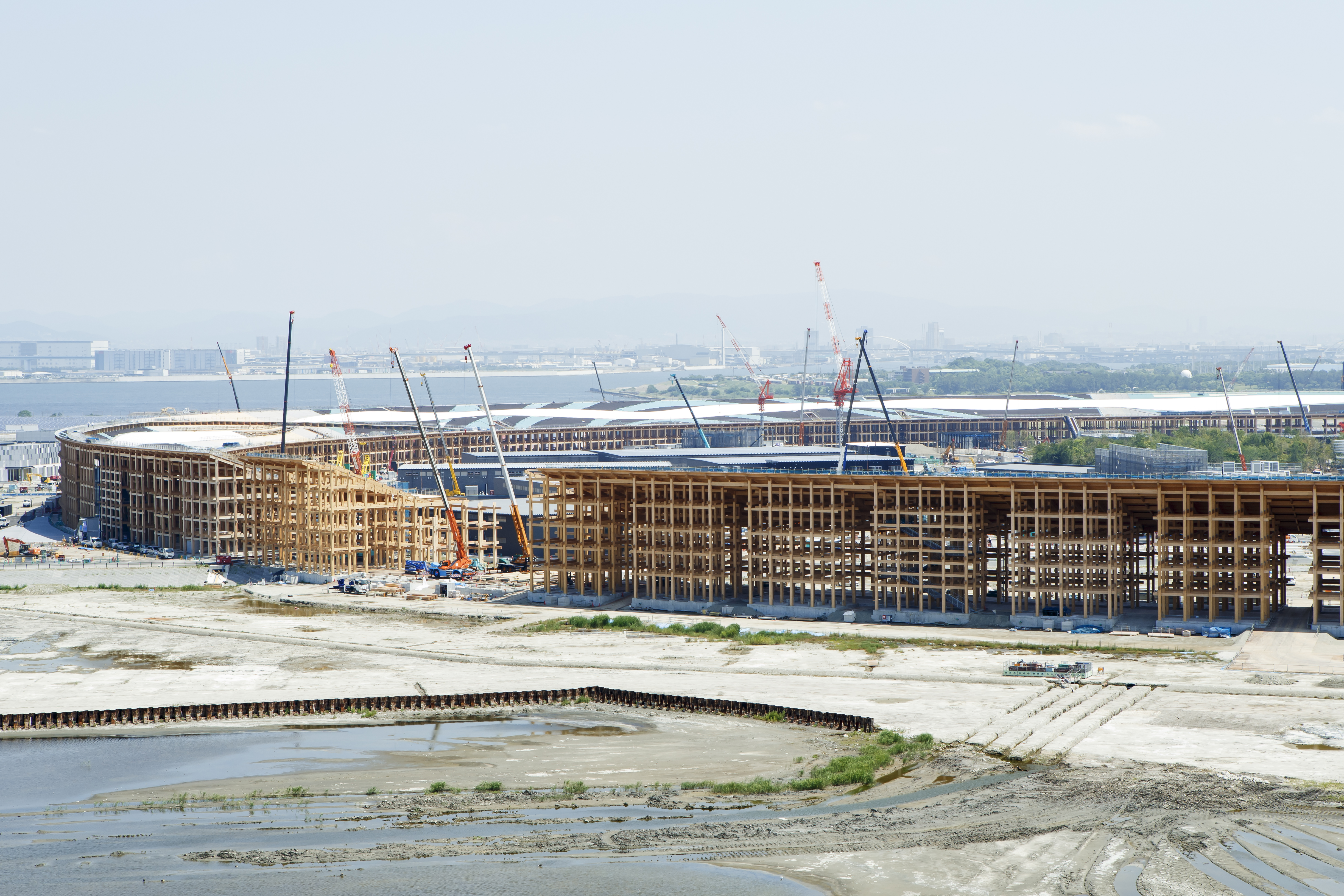 A first look at Expo 2025 Osaka's experimental architecture
A first look at Expo 2025 Osaka's experimental architectureExpo 2025 Osaka prepares to throw open its doors in April; we preview the world festival, its developments and highlights
By Danielle Demetriou Published
-
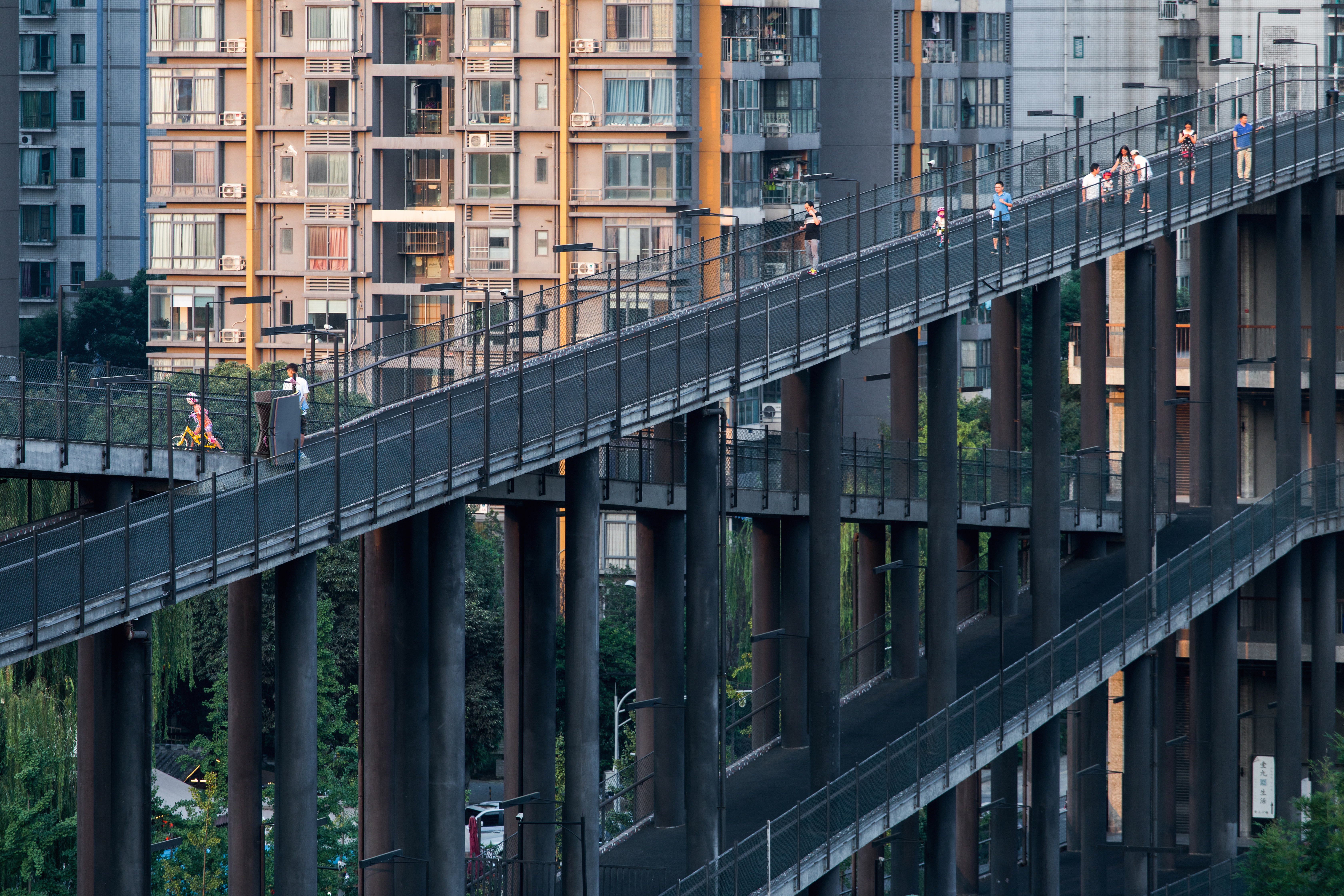 Liu Jiakun wins 2025 Pritzker Architecture Prize: explore the Chinese architect's work
Liu Jiakun wins 2025 Pritzker Architecture Prize: explore the Chinese architect's workLiu Jiakun, 2025 Pritzker Architecture Prize Laureate, is celebrated for his 'deep coherence', quality and transcendent architecture
By Ellie Stathaki Published
-
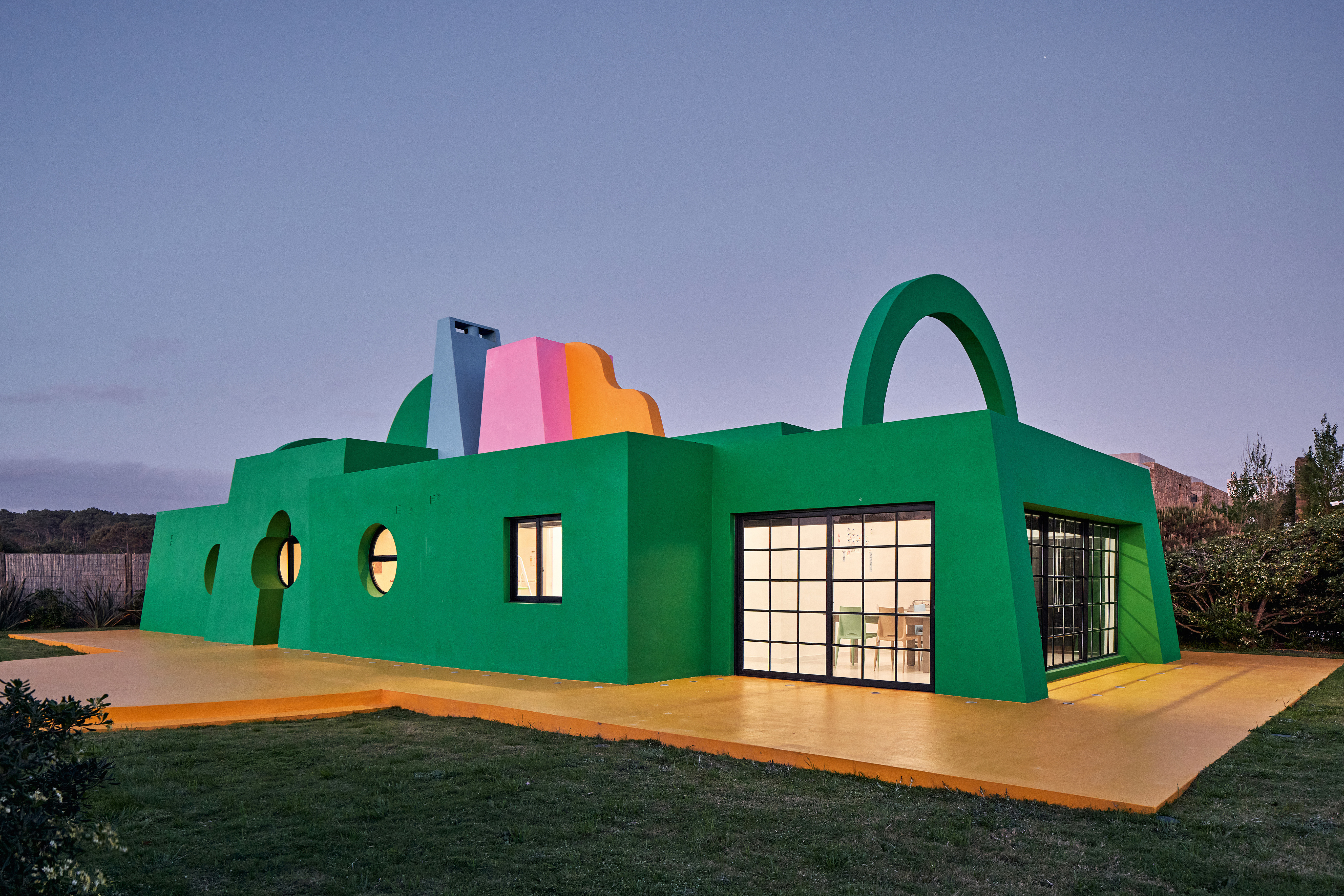 Ten contemporary homes that are pushing the boundaries of architecture
Ten contemporary homes that are pushing the boundaries of architectureA new book detailing 59 visually intriguing and technologically impressive contemporary houses shines a light on how architecture is evolving
By Anna Solomon Published
-
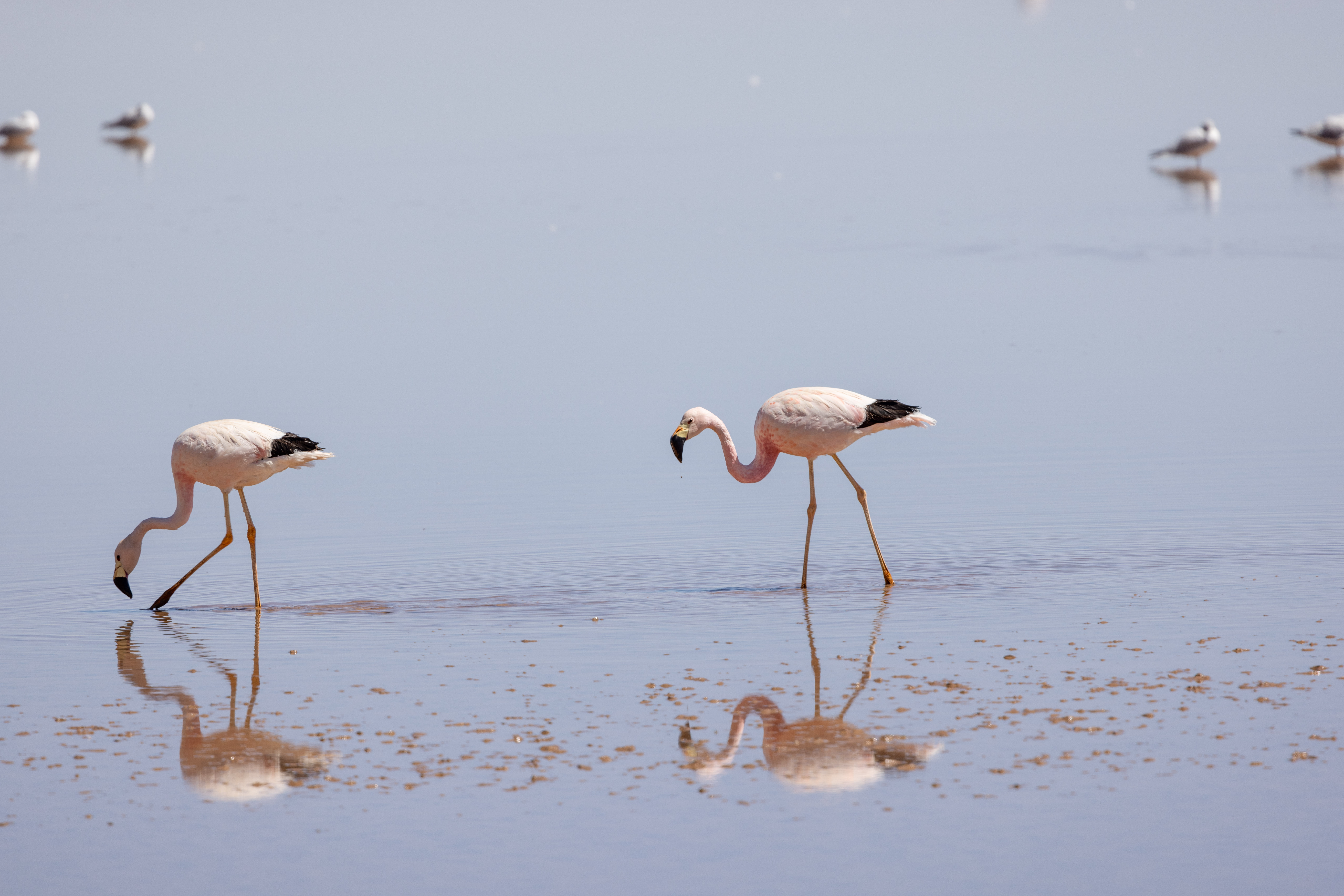 Young Climate Prize 2025 winners: the creatives designing for a better tomorrow
Young Climate Prize 2025 winners: the creatives designing for a better tomorrowThe winners for the Young Climate Prize 2025 cycle by The World Around have been announced, crowning a new generation of changemakers; we go behind the scenes and reveal the process and winners
By Ellie Stathaki Published
-
 Architect Sou Fujimoto explains how the ‘idea of the forest’ is central to everything
Architect Sou Fujimoto explains how the ‘idea of the forest’ is central to everythingSou Fujimoto has been masterminding the upcoming Expo 2025 Osaka for the past five years, as the site’s design producer. To mark the 2025 Wallpaper* Design Awards, the Japanese architect talks to us about 2024, the year ahead, and materiality, nature, diversity and technological advances
By Sou Fujimoto Published
-
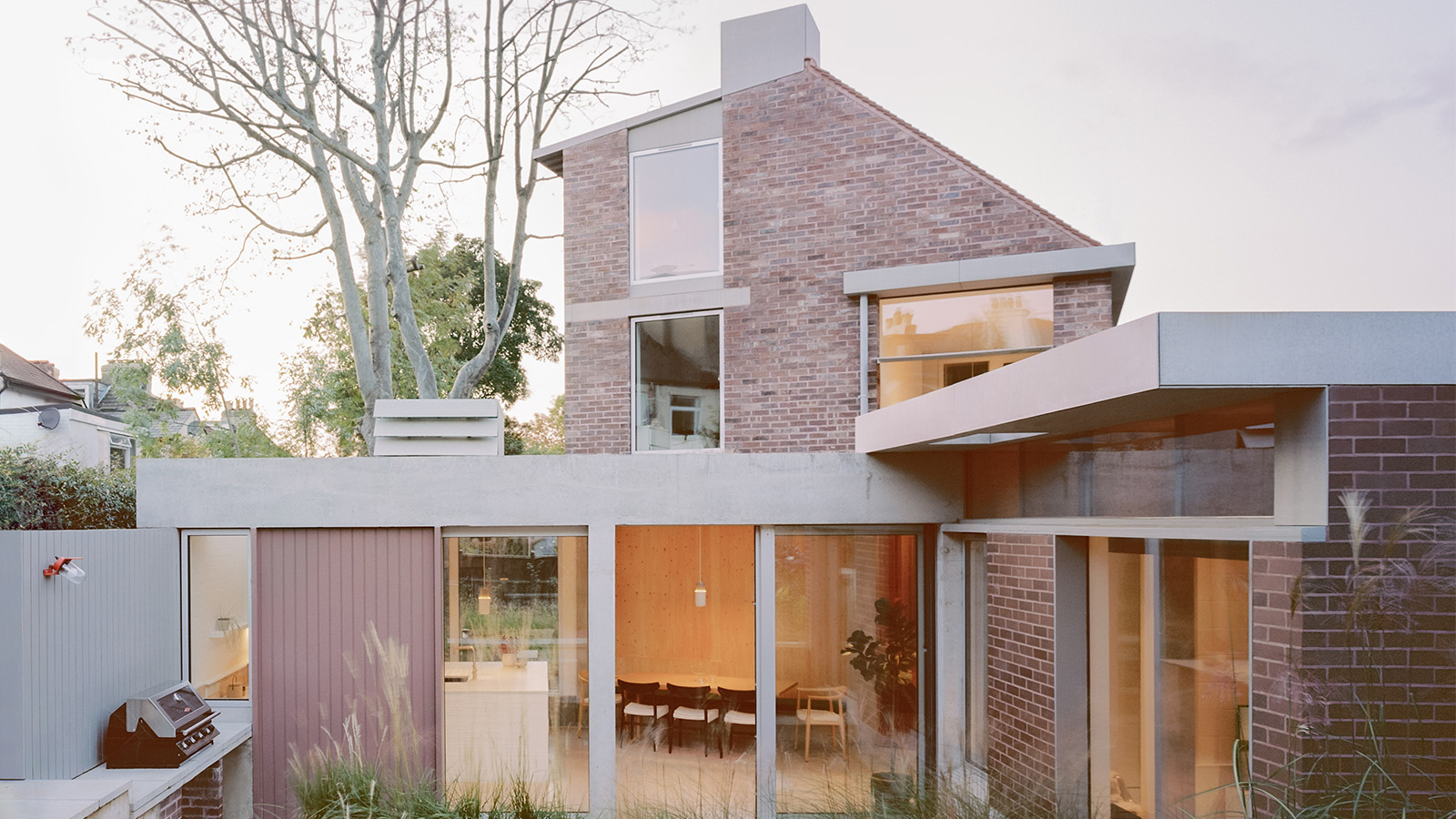 The RIBA House of the Year 2024 winner is a delightful work in progress
The RIBA House of the Year 2024 winner is a delightful work in progressThe winner of the RIBA House of the Year 2024 is Six Columns in south London – the home of architect and 31/44 studio co-founder William Burges
By Ellie Stathaki Published
-
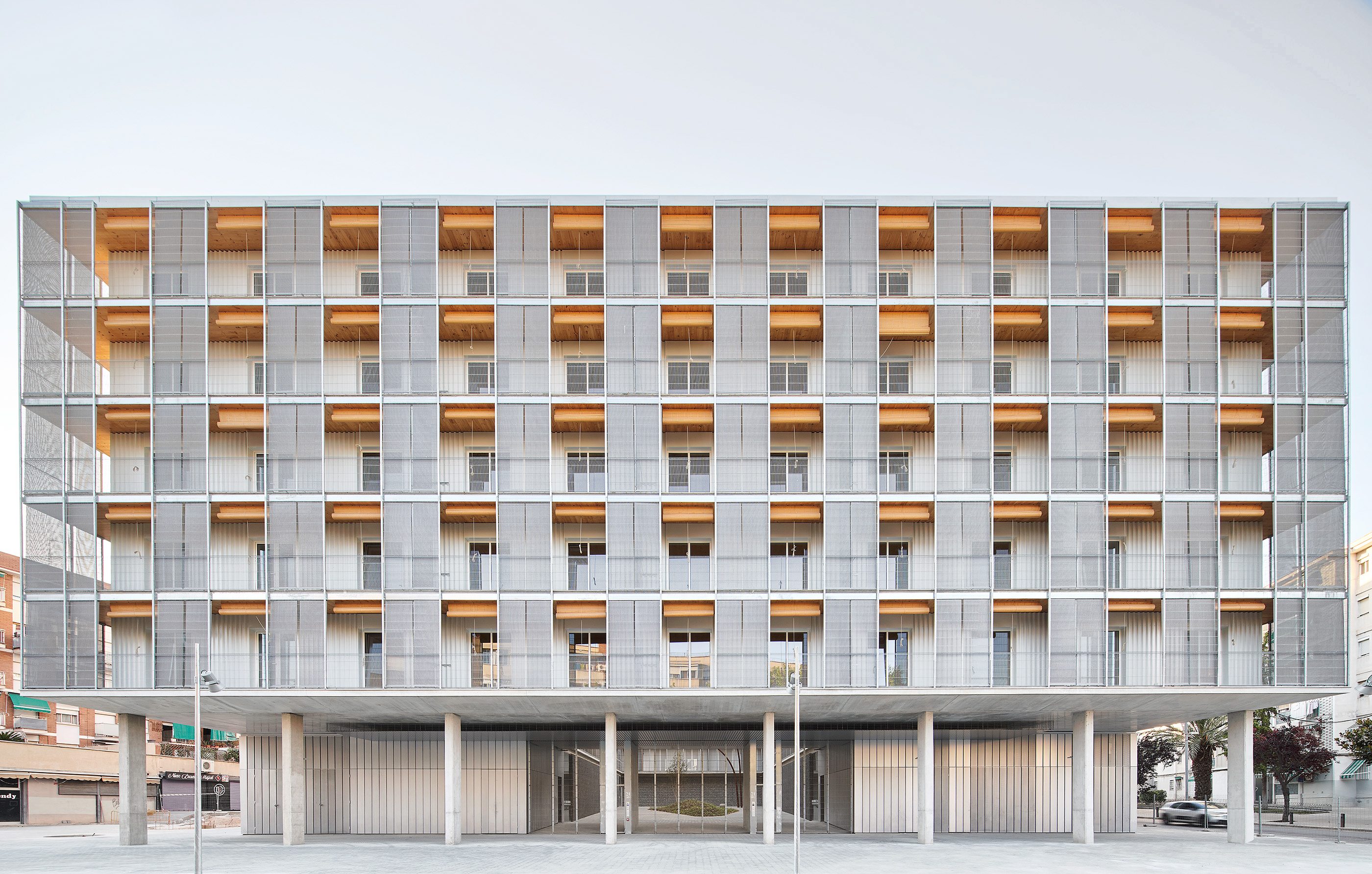 RIBA International Prize 2024 goes to 'radical housing' in Barcelona
RIBA International Prize 2024 goes to 'radical housing' in BarcelonaRIBA International Prize 2024 has been announced, and the winner is Modulus Matrix: 85 Social Housing in Cornellà, designed by Peris + Toral Arquitectes in Barcelona
By Ellie Stathaki Published